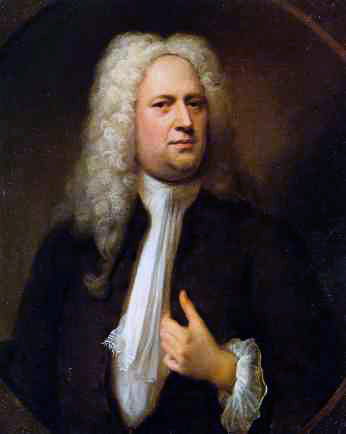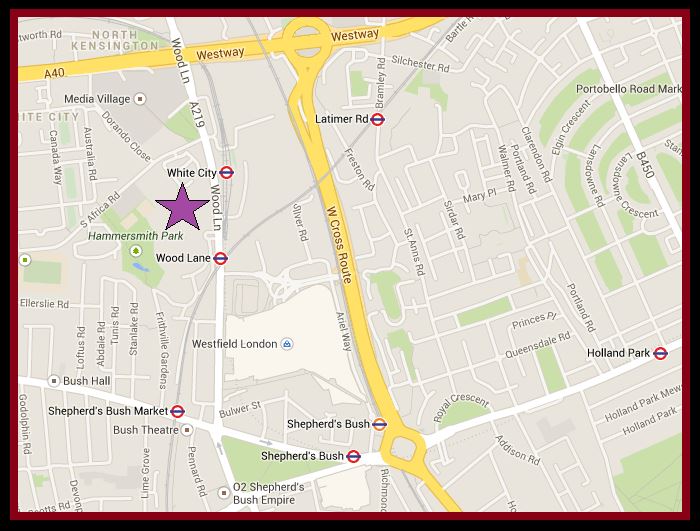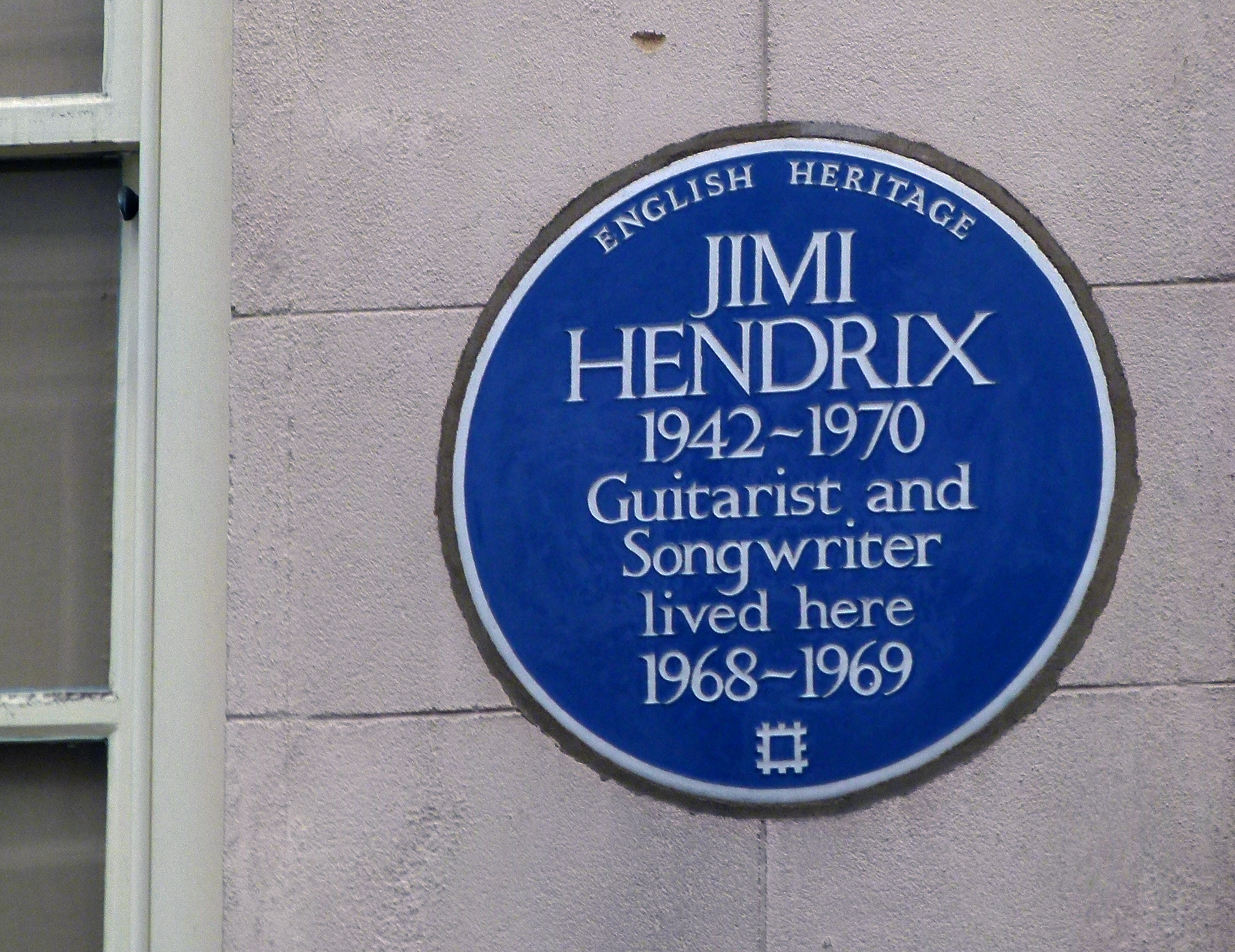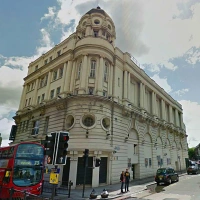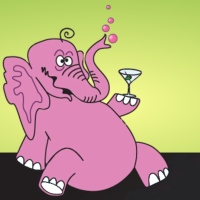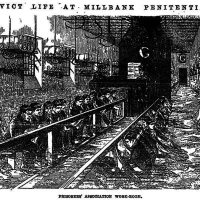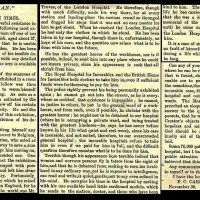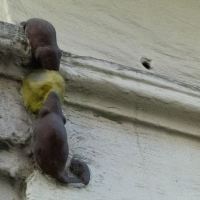When Buddy came to London
Exactly 60 years ago today, the world lost an early rock and roll icon: Buddy Holly.

Buddy Holly (image: Wikipedia)
During his short life, Buddy- who was born in Lubbock, Texas in 1936- made a huge impact on music and left a legacy which would go on to inspire and influence countless future stars.
*
In March 1958 Buddy Holly and his band, The Crickets (who were made up of Niki Sullivan, Jerry Allison and Joe Mauldin) embarked upon a UK tour.
The very first show they played was on the 1st of that month and took place at the former Trocadero Cinema which was located on the New Kent Road, Elephant and Castle.
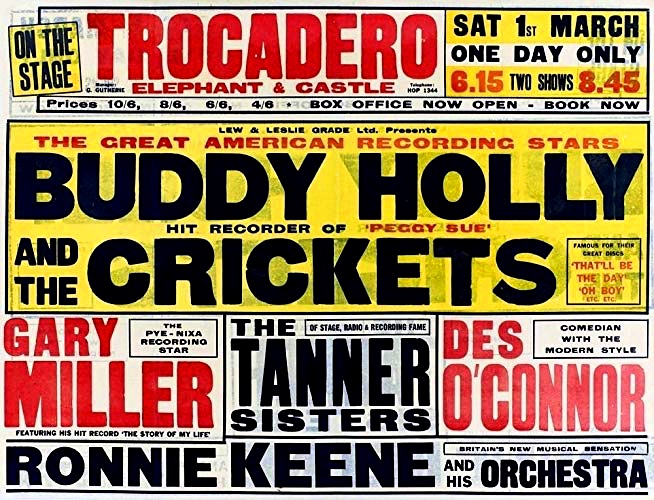
Poster advertising Buddy Holly at the Crickets at the Trocadero, Elephant and Castle, 1958
The image below shows Buddy backstage during rehearsals at this now long-lost venue.

Buddy Holly at the Trocadero, 1958
Whilst in London, Buddy and The Crickets stayed at the Cumberland Hotel near Marble Arch.

The Cumberland Hotel
Apparently Jerry and Joe were so impressed with the service at the Cumberland that they tipped the shoeshine boy £5- a very considerable sum at the time.
Just over a decade later, The Cumberland would accommodate another American music legend: Jimi Hendrix.
*
On the 2nd March 1958 Buddy Holly and The Crickets travelled north of the Thames to play at the Kilburn Gaumont State.

The former Gaumont State Cinema, Kilburn High Road (image: Wikipedia)
Situated on Kilburn High Road, the building is now home to the Ruach City Church.
On the same day, the band headed into the West End to appear in a live television broadcast of ‘Live at the London Palladium’. Their set included ‘That’ll Be The Day’, ‘Oh Boy’ and ‘Peggy Sue’.
To hear audio from that performance- along with still images- please click below:
The picture below was taken during the Palladium performance by photographer, Harry Hammond.
Thirty years later, the same image was used on posters advertising ‘The Buddy Holly Story’; a long running stage musical which opened in London in 1989.

Buddy Holly at the London Palladium, March 2nd 1958
The 1958 UK tour was compared by a then very young Des O’Conner with whom Buddy became friends.
When Buddy said he needed an acoustic guitar for the tour bus, the pair headed to Denmark Street– aka ‘Tin Pan Alley’- where, according to Des O’Conner, the young Texan tried out “about 17 guitars”.

Denmark Street as seen from Charing Cross Road
Buddy also visited the Whiskey A Go-Go club on Soho’s Wardour Street where the image below was snapped:

Buddy Holly at Whiskey A Go-Go, Wardour Street (image by Bill Francis, Time Magazine)
*
After their first stint in London, Buddy Holly and The Crickets headed on to many other towns and cities including Southampton, Sheffield, Newcastle, Nottingham and Birmingham.
On the 12th March they returned to the capital for three shows at the Croydon Davis, the East Ham Granada and the Woolwich Granada.

The former Woolwich Granada Cinema (image: Wikipedia)
After further concerts across the country, Buddy Holly and The Crickets returned to London on the 25th of March for their final UK concert at the Hammersmith Gaumont (now the Hammersmith Apollo).

The Hammersmith Gaumont (now the Apollo) today
*
Less than a year after his visit to Britain, Buddy Holly was back in the USA taking part in the Winter Dance Party Tour.
On the 2nd February 1959 he played at Clear Lake, Iowa.
Shortly after the gig, in the early hours of the 3rd February, Buddy crammed into a ‘Beechcraft Bonanza’ light aircraft alongside Jiles Perry Richardson Jr- aka the ‘Big Bopper’ – and the teenage sensation, Ritchie Valens.

Ritchie Valens and the Big Bopper
The trio had chartered the aircraft after experiencing poor weather conditions and problems with the tour buses and saw it as their best chance of getting to their next destination- Moorhead, Minnesota– as quickly as possible.
The aircraft took off in light snow at 12.55am but quickly encountered difficulties and plummeted to the ground just after 1am.
All on board died instantly.
Buddy Holly was 22 years old. The Big Bopper was 28 and Ritchie Valens was just 17.
Please click on the clips below to hear these three musicians in their prime….
The Big Bopper: Chantilly Lace (broadcast autumn 1958)
Ritchie Valens: La Bamba (released October 1958)
Buddy Holly: It Doesn’t Matter Anymore (released January 1959)
***
Be sure to visit my new website; robslondon.com! And don’t forget to check out my YouTube Channel, where you’ll find exciting videos all about London’s history and hidden stories.
Jimi Hendrix’s London (Part Three)
The final installment in our tour of Jimi Hendrix’s London.
23 Brook Street, W1
After an extensive tour of the USA, Jimi Hendrix returned to London in the summer of 1968 with the intention of making the city his main base.
In anticipation of his return, Jimi’s partner, Kathy Etchingham secured a flat on the top two floors of 23 Brook Street, Mayfair moments away from the American embassy on Grosvenor Square.
The cosy apartment was priced at £30 a week (£450 in today’s money) and shortly after moving in, Jimi and Kathy popped into the John Lewis department store on nearby Oxford Street to pick furnishings for their flat.
Jimi Hendrix settled quickly into his Mayfair digs, warmly describing the apartment as “my first real home of my own.”
As well as providing a home, the Brook Street address was also used for business with interviews and rehearsals (complete with a full drum kit and beefy amplifiers) taking place here.
A camp bed was also kept handy for the numerous musicians wishing to sleep over at Jimi and Kathy’s place- George Harrison was one such guest.
When Jimi Hendrix first came to 23 Brook Street, he was intrigued to discover that another musician- mighty baroque composer, George Frideric Handel– had once lived next door at number 25.
Born in Germany in 1685, Handel moved to London in 1710 in order to provide his musical talents to the royal court and became so enamoured with England that he decided to settle permanently.
The composer moved to Brook Street in 1723 and remained there until his death in 1759. His epic masterpiece, The Messiah was composed at the address.
Handel also did a great deal for charity, becoming one of the greatest benefactors of the Foundling Hospital for Children.
After discovering his long departed musical neighbour, Jimi went out to buy the full set of Handel’s work on vinyl (his favourite record shops being the One Stop Music Shop on South Molton Street, and Oxford Street’s HMV) and according to some musical experts, it is possible to spot Handel-like influences in Hendrix’s work…
In 2001, 25 Brook Street was restored to look as it did during Handel’s time and is now open to the public as the Handel House Museum.
Jimi’s address, number 23, has been conjoined to number 25 for many years and currently provides office space.
However, following a £1.2 million grant from the Heritage Lottery Fund, Jimi’s digs will soon also be opened as a museum (expected to be unveiled in 2015).
If you cannot wait until then to see inside his old home, a sneak-peak can be viewed here courtesy of the BBC and a blog on the project’s progress can be read here.
*
BBC Television Centre (now closed), Wood Lane W12
On the 4th January 1969 The Jimi Hendrix Experience were invited to the iconic Shepherd’s Bush building to record a session for Happening with Lulu; a live T.V variety show hosted by, as the name suggested, Scottish singer and 1960s icon, Lulu.
As the band set up they were told by the show’s producers that Lulu would be joining them at the end of the set to perform her hit, ‘To Sir with Love‘… and that Jimi would be expected to sing with her.
Although a perfectly decent song in its own right, anyone familiar with the works of Jimi Hendrix would know all too well that Lulu’s tune (used in the 1967 Sidney Poitier film of the same name) is the polar opposite in style to Hendrix’s brand of bluesy, psychedelic rock.
Unsurprisingly, the band decided amongst themselves that such a duet would look rather embarrassing … and so came up with a cunning plan to make sure it didn’t get a chance to happen…
After playing their scheduled set of Voodoo Child and Hey Joe, Jimi went off road, butting in with the words, “we’re gonna’ stop playing this rubbish and dedicate a song to the Cream… I’d like to dedicate this to Eric Clapton, Ginger Baker and Jack Bruce.”
Jimi, Noel and Mitch then launched into an electrifying rendition of, Sunshine of Your Love.
This cheeky improvisation nudged the show into the 6 o’clock news slot, forcing producers to pull Lulu’s show off air. Footage of the incident, which was saved by BBC engineer, Bob Pratt can be viewed below (please click to watch):
Ever the gentleman, Jimi apologized to Lulu after the show… who didn’t mind at all, saying it made “great telly,” and invited Jimi around to her flat (shared with her then partner, Maurice Gibb) later that night… although the stunt did result in Jimi Hendrix being banned from performing live on the BBC again!
*
The Royal Albert Hall, Kensington Gore, SW7
The Jimi Hendrix Experience played two of their most celebrated gigs at this landmark venue on February 18th and 24th 1969, the recordings of which have become much sought after by fans.
*
The Cumberland Hotel, Great Cumberland Place W1
Named after the Duke of Cumberland pub which once stood on the site, the huge, art-deco Cumberland Hotel first opened in the 1930s and today remains one of London’s largest and most frequented hotels.
After attending the Isle of Fehmarn Festival in Germany (at which the Experience’s appearance was frustratingly cancelled due to torrential rain and the risk of electrocution), Jimi returned to London and checked into the Cumberland Hotel on the 6th September 1970.
Over the next twelve days, Jimi stayed on and off at the Cumberland, using his room more as a crash pad rather than an established home.
His final interviews were recorded at the hotel on 11th September for the BBC’s, ‘Scene and Heard’, and with music journalist, Keith Altham for ‘Record Mirror‘.
Today, the Cumberland (which sadly appeared on Jimi’s death certificate as his last official address) boasts its very own Hendrix suite which has been decked out in a colourful 1960s style.
*
Ronnie Scott’s, 47 Frith Street W1
This highly acclaimed jazz club first opened on Gerrard Street in October 1959 and transferred to its present Soho site in 1965. It was here, in 1969 that The Who premiered their concept rock opera, Tommy.
Jimi Hendrix came to Ronnie Scott’s on the night of the 16th September 1970 and jammed with American funk band, Eric Burdon & War.
It would be the last ever time Jimi performed live on stage and his performance was uncharacteristically subdued.
According to close friend and Rolling Stones guitarist, Ronnie Wood, Jimi Hendrix “looked really sad” as he left the club, and also noted that it was the first time Jimi never bade his audience ‘good-night’.
Ronnie Wood also said that, over the years, Jimi “didn’t realise how good he was” and would have frequent doubts about the quality of his singing voice, despite assurances from his friends.
*
The Samarkand Hotel, 21-22 Lansdowne Crescent W11
By September 1970, Jimi Hendrix was in a new relationship with Monika Dannemann, a German artist and figure-skater who was renting accommodation at the Samarkand; a self-catering apartment hotel in the heart of Notting Hill.
As autumn approached, Jimi was overworked and suffering from exhaustion and with numerous problems playing on his mind he was also finding it difficult to sleep.
On the 17th September 1970 Jimi and Monika spent the day together, visiting the King’s Road, the Cumberland Hotel and the now vanished Kensington Market.

The former Kensington Market which remained a popular venue with young music lovers until the 1990s (image: Wikipedia)
That afternoon, whilst drinking tea in the garden of the Samarkand Hotel, Jimi posed for photographs- the last which would ever be taken of him.
Later that night, Jimi and Monika attended a party and returned to the Samarkand sometime after 3am.
*
The following morning at around 11am Monika awoke to find Jimi sleeping but unresponsive. Panicked, she called for an ambulance and when the crew arrived they found Jimi Hendrix covered in vomit, “his airway completely blocked all the way down.”
*
St Mary Abbot’s Hospital (closed in 1993 & now Kensington Green gated apartments), Marloes Road W8
Jimi Hendrix was rushed to St Mary Abbot’s Hospital in Kensington, less than two miles from the Samarkand Hotel. The ambulance arrived at 11.45am and Jimi was immediately taken to the resuscitation room where Dr Martin Seifert fought for thirty minutes to revive him.
But it was of no use, Jimi was already long gone and he was pronounced dead at 12.45pm.
He was 27 years old.
*
In the 1990s Jimi’s former girlfriend, Kathy Etchingham led a campaign to secure the guitar legend a blue plaque– the one which now adorns 23 Brook Street.
The plaque was unveiled in 1997.
*
Just hours before he died, Jimi Hendrix picked up pen and paper to jot down some lyrics; something he often did when restless and unable to sleep.
His final song, written in those fateful early hours of the 18th September 1970 in Notting Hill, was entitled The Story of Life,the closing lyrics of which make an appropriate epitaph:







